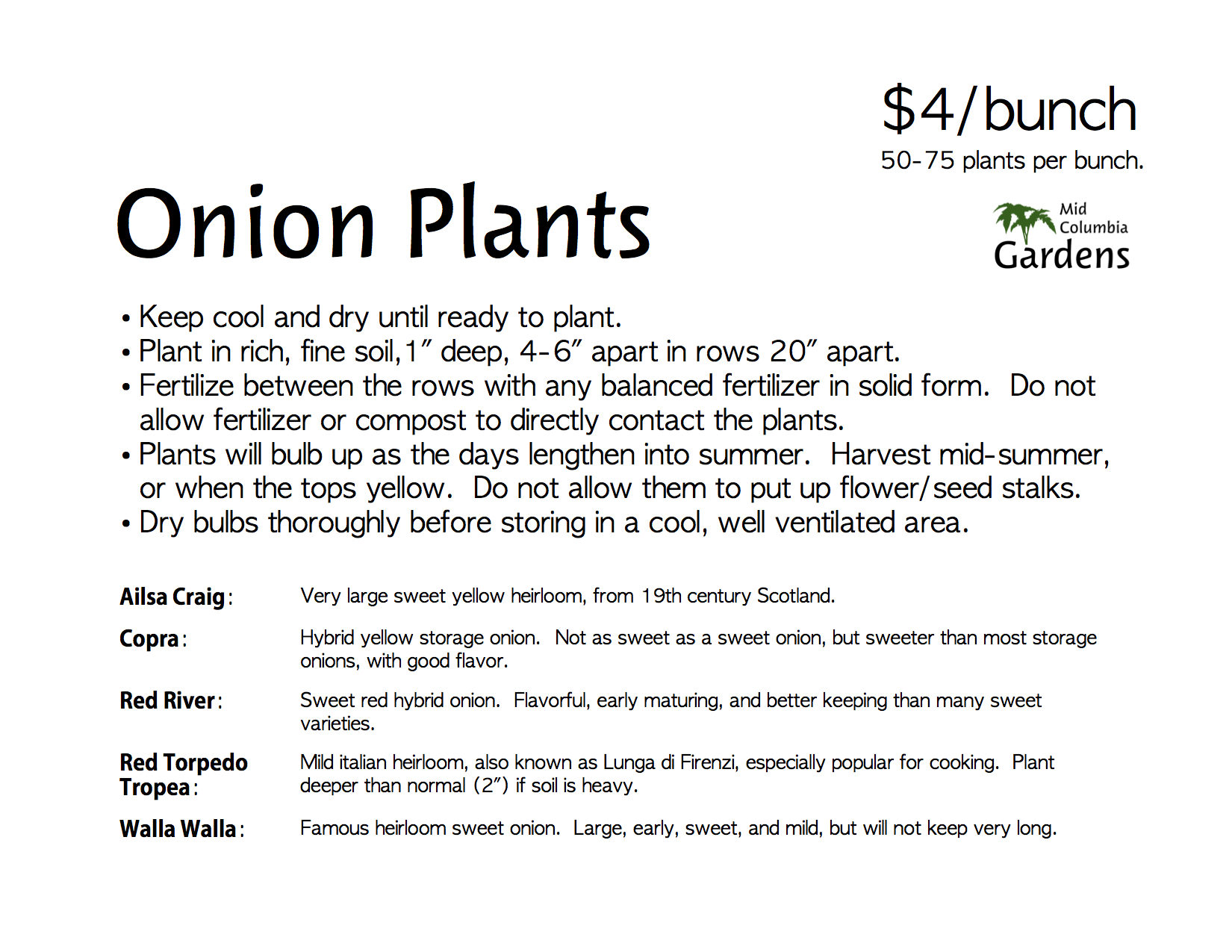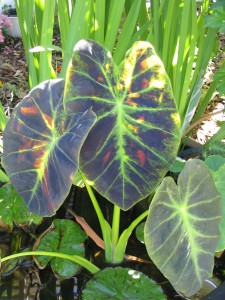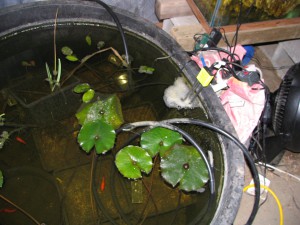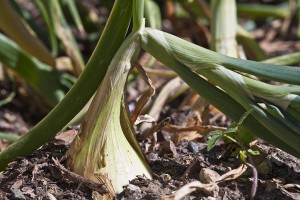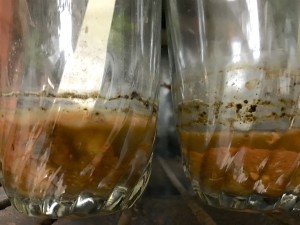 With the growing season well behind us and the new one still a bit off, December is a month of reviewing what went wrong and right in the old year (and end-of-the-year accounting and taxes).
With the growing season well behind us and the new one still a bit off, December is a month of reviewing what went wrong and right in the old year (and end-of-the-year accounting and taxes).
To the right you can see some of my tomato seed fermenting in my kitchen window in order to clean it and prime it for germination. This is from one of my tomato breeding projects, and I’m hopeful that within these jars lie exactly the combination of genes I’ve been looking for. It’s a stinking pile out of which clean seeds arrive with new possibilities. Tomorrow, I’ll rinse them off and lay the seeds out to dry so that I can plant them in the new year.
To be honest, 2015 wasn’t the best year for Mid Columbia Gardens. Yet another plan to put up a new greenhouse fell through, leaving me with hard choices to make about what I could start in the spring. The lack of a proper winter confused my perennials and led to large losses in my perennial propagation stock. The strange weather also threw off people’s planting and buying habits, which was probably the main contributor to record low plant start sales. These slow sales in turn backed up the seed start/greenhouse/hardening off/transport chain and left me short of funds and space to start the later plants. By mid-summer I had to cancel all planned late summer and autumn vegetable and flower sales.
I made a lot of mistakes, too. I moved most of my communication to Facebook, where I was getting the most questions and messages, and I missed various people who tried to contact me here on the website (sorry to those of you I didn’t get back to!). I spent so much time dealing with greenhouse trials that I didn’t get down to the Hub to communicate with buyers and volunteers or to put in place proper signage and explanatory materials. I failed to put together the oft-requested multi-plant packages for those who just want “a bunch of sauce tomatoes” or “a combination of plants to grow for salsa.” And I failed to ensure that the plants were getting watered after hours enough, rotated often enough, and sheltered enough for our unusually hot and windy weather.
Sorting through all of this, with my limited time and health, it looks like a big pile of mess. It’s clear that I will have to scale down next year, and shift my focus a bit. In debt, still short a greenhouse (primarily for lack of a place to put it), and without a predictable market, it’s tempting to overhaul the business entirely and shift my focus elsewhere. Instead of flushing everything out, though, I find myself sorting through the ugly to find the seeds of possibility for next year. It’s not going to be easy, and I’m going to have to try some new and untested things, but I suppose that’s what winter is for. In the dark of winter we clear away the old and make everything ready again, trusting that new life, still too far away to hope for, will come forth in its own time and with its own gifts, yet unimagined.
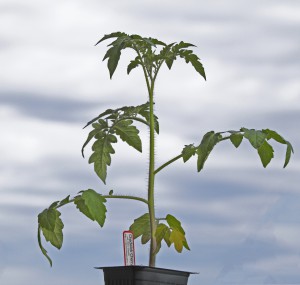 We are now taking preorders for plants until the end of February. These will be available for pickup in Richland on Saturdays starting April 15th. This allows you to benefit from wholesale pricing and a larger selection of varieties than will be available for direct sale this spring. Further details in our Ordering and Delivery Information.
We are now taking preorders for plants until the end of February. These will be available for pickup in Richland on Saturdays starting April 15th. This allows you to benefit from wholesale pricing and a larger selection of varieties than will be available for direct sale this spring. Further details in our Ordering and Delivery Information.

 With the growing season well behind us and the new one still a bit off, December is a month of reviewing what went wrong and right in the old year (and end-of-the-year accounting and taxes).
With the growing season well behind us and the new one still a bit off, December is a month of reviewing what went wrong and right in the old year (and end-of-the-year accounting and taxes).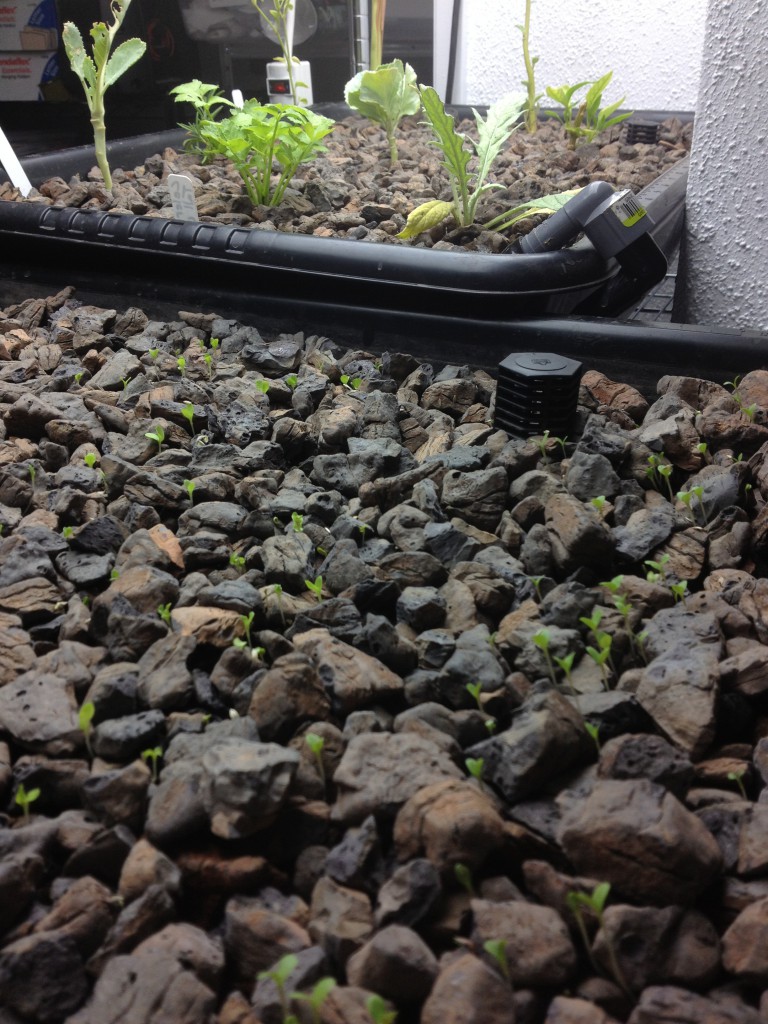
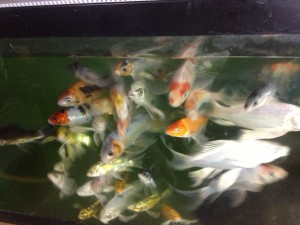
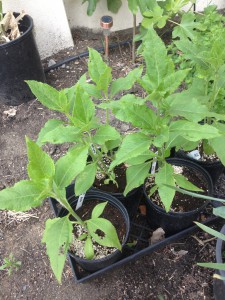
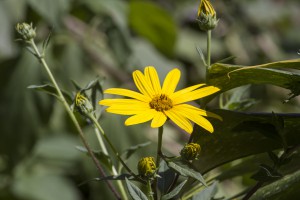 Sunchokes are quite hardy in our area, but ought to be lifted every year to harvest and thin them. In some parts of the country they can be invasive (too dry here, I suspect). I was busy, however, and never managed to get around to it that year. Last spring I was delighted to see a dense patch of them sprouting up in the same spot, and the display was even more spectacular than the previous year, although they tended to fall over on top of everything around them.
Sunchokes are quite hardy in our area, but ought to be lifted every year to harvest and thin them. In some parts of the country they can be invasive (too dry here, I suspect). I was busy, however, and never managed to get around to it that year. Last spring I was delighted to see a dense patch of them sprouting up in the same spot, and the display was even more spectacular than the previous year, although they tended to fall over on top of everything around them.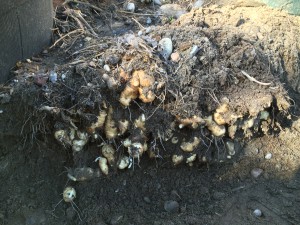 Finally, early this spring I managed to get out there with a small tray to dig up the tubers. The clump had remained only three to four square feet in size, but the tubers were stacked on top of each other almost twelve inches underground, and so densely packed that it would be more accurate to say that I picked them apart, rather than dug them up.
Finally, early this spring I managed to get out there with a small tray to dig up the tubers. The clump had remained only three to four square feet in size, but the tubers were stacked on top of each other almost twelve inches underground, and so densely packed that it would be more accurate to say that I picked them apart, rather than dug them up.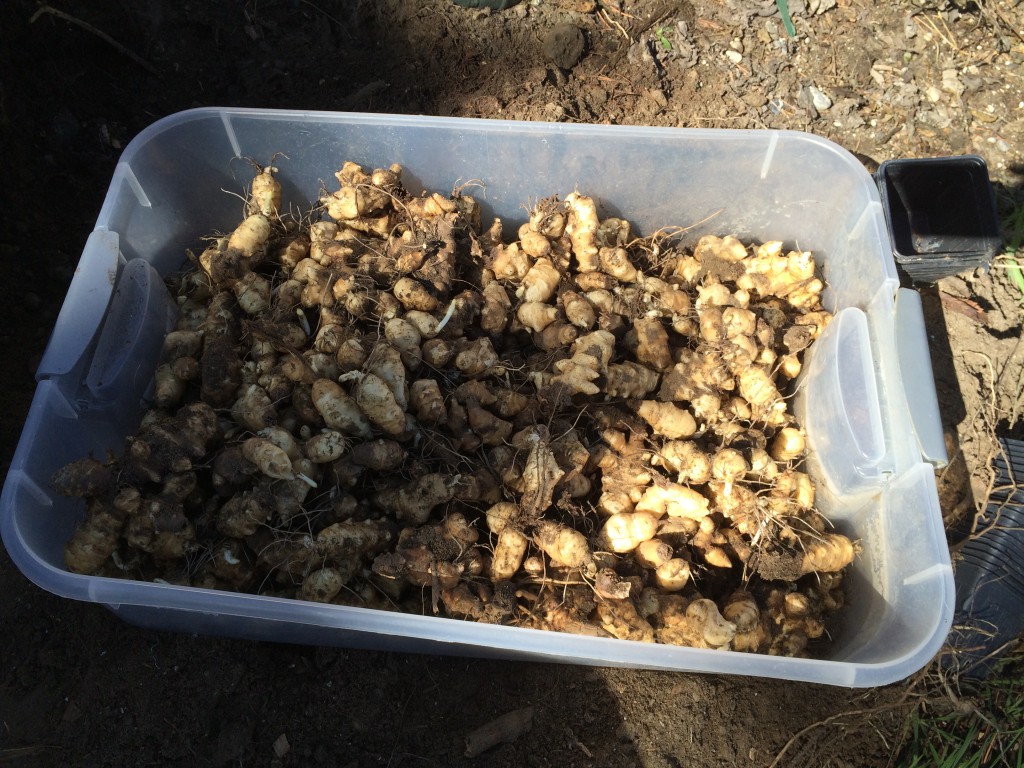
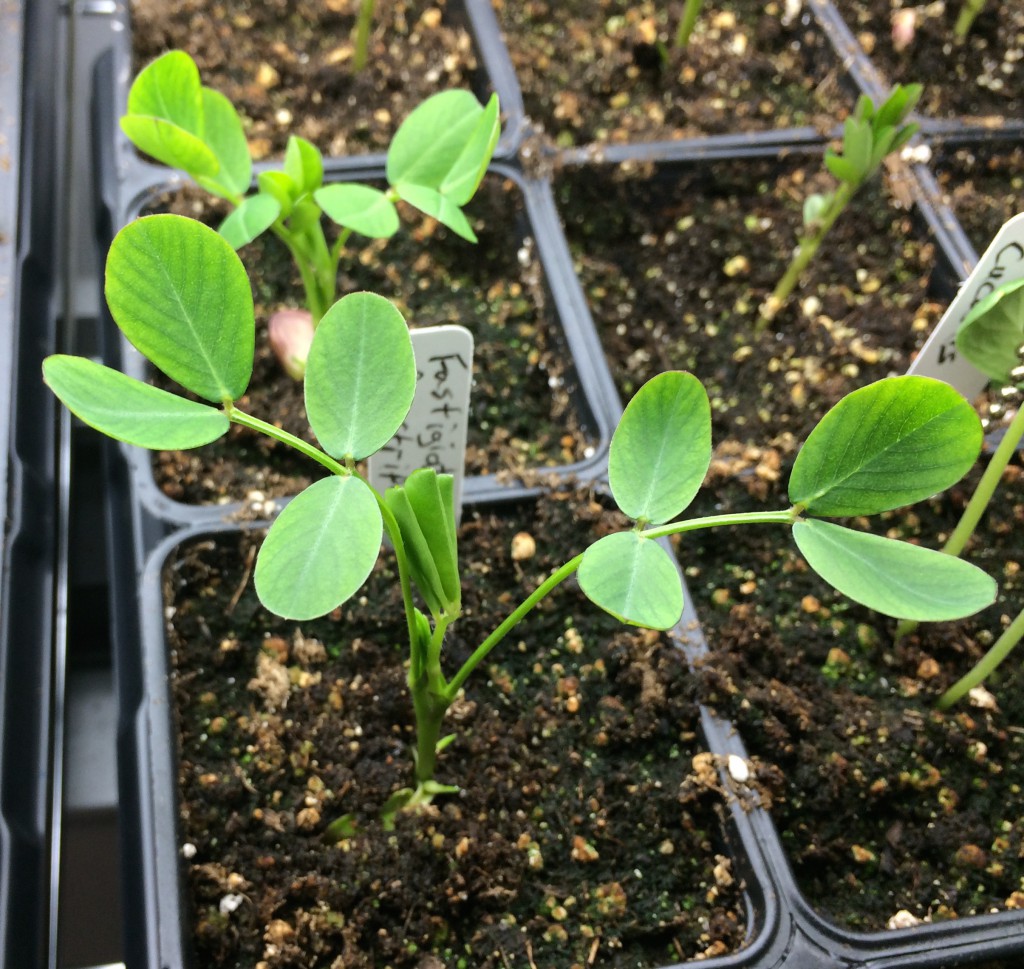 I remember growing peanuts in my grandmother’s garden as a kid. They grew like little pea plants but had nothing to show for themselves except a few small flowers, low to the ground. In the fall, though, we’d pull up the plants, and like magic, peanuts would be in amongst the roots. It seemed to me that someone must have buried them there when I wasn’t looking.
I remember growing peanuts in my grandmother’s garden as a kid. They grew like little pea plants but had nothing to show for themselves except a few small flowers, low to the ground. In the fall, though, we’d pull up the plants, and like magic, peanuts would be in amongst the roots. It seemed to me that someone must have buried them there when I wasn’t looking.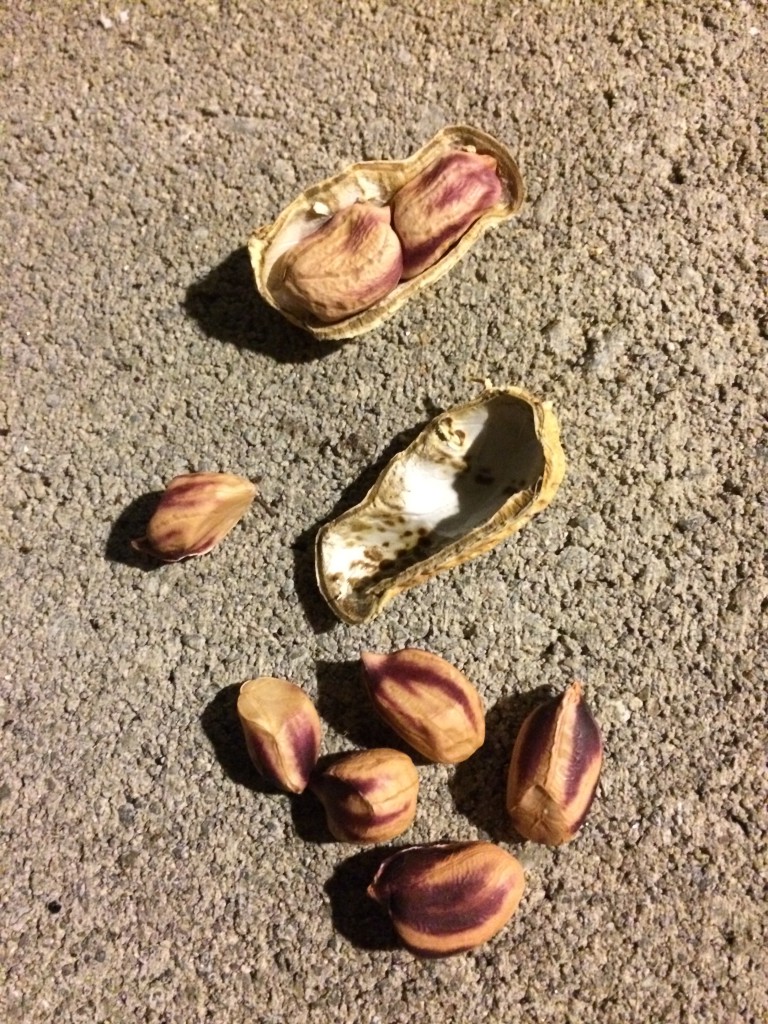 These days I like to start them early before transplanting them out when the weather warms up. They are a long season crop, and although we have sufficient summer for them, I get a better harvest by starting them early.
These days I like to start them early before transplanting them out when the weather warms up. They are a long season crop, and although we have sufficient summer for them, I get a better harvest by starting them early.